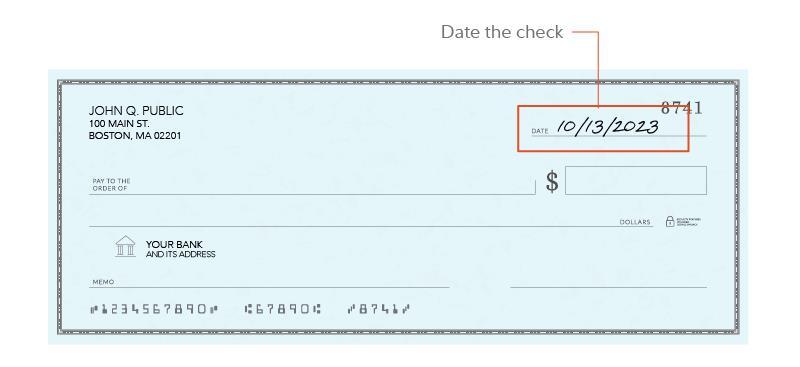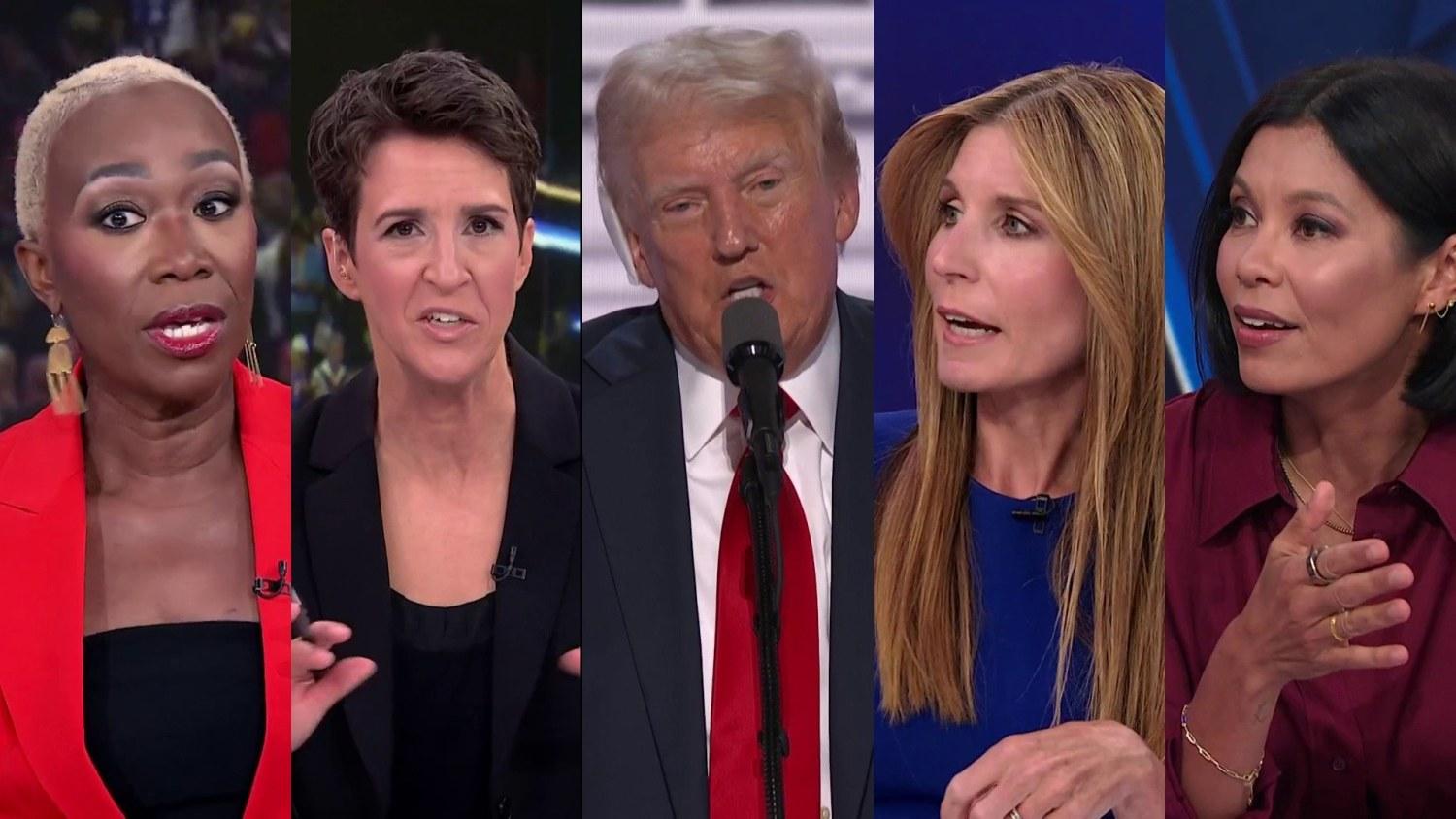The Pregnancy Police: Fact Check or Fiction?
Whispers of a dystopian future, where the government dictates the course of a woman’s body, have echoed across online forums and political debates. The claim? That a certain former president, notorious for his pronouncements and policies, would force states to monitor women’s pregnancies. This chilling idea, straight out of a Margaret Atwood novel, begs the question: is it a real threat or a hyperbolic fantasy? We delve into the facts and separate the truth from the fiction in this exploration of power, policy, and the controversial claim that a certain ex-president could have enforced a “pregnancy police” in America.
Table of Contents
- A Politically Charged Proposal
- The Legal Landscape of Fetal Heartbeat Bills
- State Autonomy and Federal Overreach
- The Future of Reproductive Rights
- In Summary

A Politically Charged Proposal
The claim that Donald Trump would force states to monitor women’s pregnancies has sparked a firestorm of controversy. This audacious proposal, if implemented, would be a radical departure from existing medical privacy laws and raise a host of legal and ethical issues. It’s crucial to examine the potential ramifications of such a policy to understand its true impact.
At the forefront of the debate are concerns about individual liberties and the right to bodily autonomy. Proponents of the measure argue for the importance of safeguarding maternal and fetal health, citing potential benefits of early intervention and monitoring. Critics, however, decry the proposal as a blatant intrusion into private medical decisions, raising alarm bells about the potential for abuse and the erosion of personal sovereignty. Moreover, the logistics of implementing such a comprehensive monitoring program would be daunting, raising questions about feasibility and cost-effectiveness.
The feasibility of tracking pregnancies on a state-level basis raises significant logistical challenges. It requires robust data collection and management systems, potentially placing a significant burden on healthcare providers and state agencies. The privacy implications of collecting and using such sensitive personal information are vast, raising concerns about data security and potential misuse.
The potential ramifications of a mandatory pregnancy monitoring program extend beyond privacy concerns. Critics fear that such a policy could empower discriminatory practices and lead to the marginalization of vulnerable populations, including women of color, low-income women, and undocumented immigrants. It could also exacerbate existing inequalities in maternal healthcare, leaving those who are most vulnerable at risk of receiving inadequate care.
the proposed policy of forcing states to monitor women’s pregnancies presents a complex and multifaceted issue with far-reaching consequences. Its potential impact on individual liberties, healthcare access, and the very nature of medical privacy demands careful and comprehensive consideration.

The Legal Landscape of Fetal Heartbeat Bills
The legal landscape surrounding fetal heartbeat bills is complex and rapidly evolving. These laws typically prohibit abortions after a fetal heartbeat is detected, which can occur as early as six weeks into pregnancy. Critics argue that these laws are unconstitutional as they violate the right to bodily autonomy established by Roe v. Wade. Supporters contend that these measures are necessary to protect the life of the unborn child. The legal challenges surrounding fetal heartbeat bills are ongoing, with numerous lawsuits filed and pending court decisions. While there is no consensus on the legal viability of these laws, their impact on reproductive rights is undeniable.

State Autonomy and Federal Overreach
This claim is a complex one, rooted in the ongoing debate about . While Trump’s administration did take steps to restrict access to abortion, these efforts largely focused on federal funding and regulations, not direct state mandates. The legal and political landscape surrounding abortion is highly contentious, and arguments about the federal government’s role in regulating healthcare, particularly women’s reproductive health, are deeply divisive.

The Future of Reproductive Rights
The claim that Donald Trump would force states to monitor women’s pregnancies stems from a proposed executive order that aimed to strengthen enforcement of existing laws related to child abuse and neglect. While the order did not directly address pregnancy monitoring, it included a provision that encouraged states to implement programs to “identify and intervene in cases where a pregnant woman is at risk of harming herself or her child.” This sparked controversy, leading to concerns that the order could potentially be used to justify intrusive surveillance of pregnant individuals. However, the order did not mandate any specific pregnancy monitoring requirements and did not create new federal oversight of women’s reproductive health.
In Summary
So, there you have it. The answer, as with so many things in the realm of the absurd, is complicated. Yes, Trump did imply that states could oversee pregnancies, but with as much clarity as a mirage in the desert. And while his administration did roll back some abortion access regulations, the claim that he’d personally force states to monitor every woman’s womb is a blatant distortion. Remember, in the world of political rhetoric, sometimes the truth is just a whisper, lost in the echoes of shouting. Stay vigilant, dear readers, and always double-check your sources. You might be surprised by what you find.

Leave a Reply